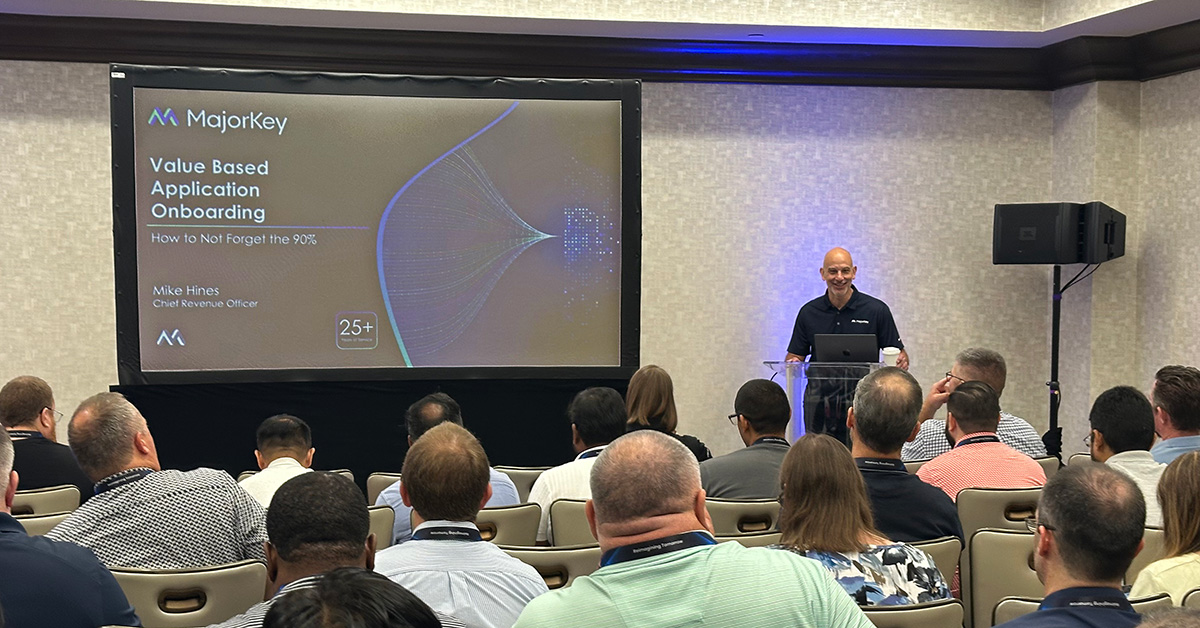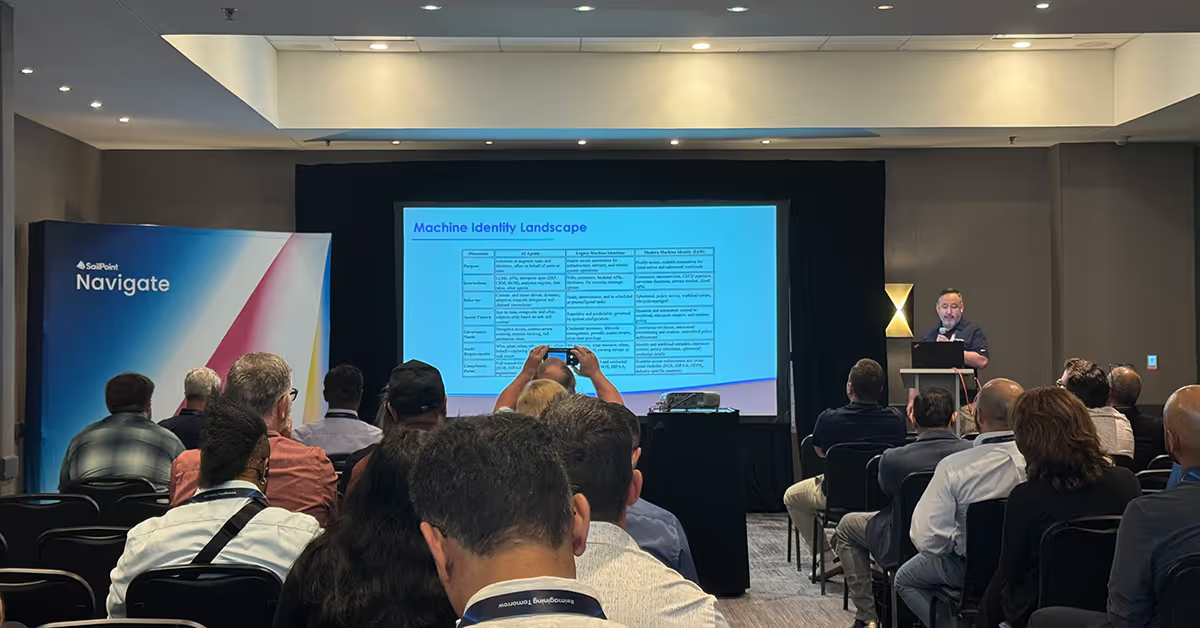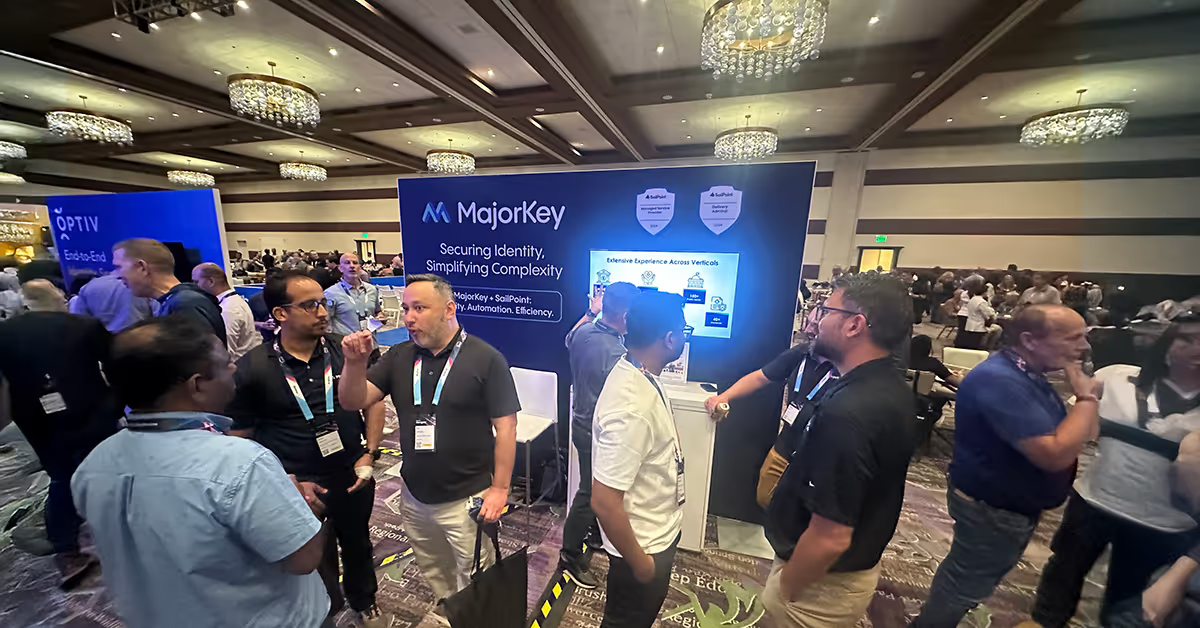Zero Trust - Definition, benefits, and is it the right methodology for you?
March 15, 2023
|
Duration:
5
min READ

What is Zero Trust?
Zero Trust is a mindset and long-term approach to security and governance that addresses the vulnerabilities in today’s work environment.
This highly complex strategy is being adopted by government agencies and businesses worldwide. But for many starting the journey, it's difficult to wrap your head around. For the next step on your journey, we're here to get you there.
Zero Trust starts with identity
Our increasingly interconnected world of remote work, multiple devices and cloud-based applications and resources has rendered traditional perimeter-based network defenses unfit for attacks. This means that the foundation for your Zero Trust methodology must start with identity.
Benefits of adopting Zero Trust
Using continuously verified identities to manage network access, the Zero Trust methodology creates a stronger defense for your system while simplifying security and the users experience, ultimately creating safer and more efficient organizations.
Implementing a Zero Trust strategy will bring a number of key benefits for all organizations, including:
- Reduces threat surface
- Maximizes use and authority of authentication
- Increases visibility into all user activity
- Dynamically provides access based on current use case
- Reduces an attacker’s ability to move laterally within your organization
- Limits possibility for data exfiltration
- Protects against both internal and external threats
- Lowers reliance on point solutions designed to detect/stop specific types of threat activity
- Improves overall security posture both on-premises and in the cloud
Is a Zero Trust methodology right for your organization?
The uniqueness of a business’s culture, policies, and customers means there's no one size fits all solution.
The solutions that align with a zero trust methodology can be incredibly complex.
- Initiatives must support the formation of your zero trust strategy over several years.
- There's no one size fits all solution for zero trust and integrations are needed across adopted technologies.
- Many businesses are new to the cloud journey. And on-premises and cloud environments work very differently – making a robust game plan that caters to both very difficult.
- Securing and governing your business is an ongoing initiative. You must have a long-term roadmap and sophisticated planning to properly support your security posture.
- Businesses aren’t leveraging automation to manage identities with more scrutiny.
- This means that the foundation for your zero trust methodology must start with identity.
Implementing Zero Trust
Successfully implementing a Zero Trust methodology means going beyond rolling out a series of integrated tools and technologies, which are supported by a set of operational policies and authentication requirements.
Zero trust should be looked at much more strategically.
Complexities arise when outlining authorization to specific resources both on-premises and in the cloud, as well as how technologies will interact with data, threat intelligence, public key infrastructure, identity management, and vulnerability management systems.
Once this foundation has been established, companies can determine more sophisticated automation parameters like software-defined perimeters, micro-segmentation, by identity, or a combination therein.
Authors
No items found.
No items found.
No items found.
No items found.
.svg)



















.svg)
